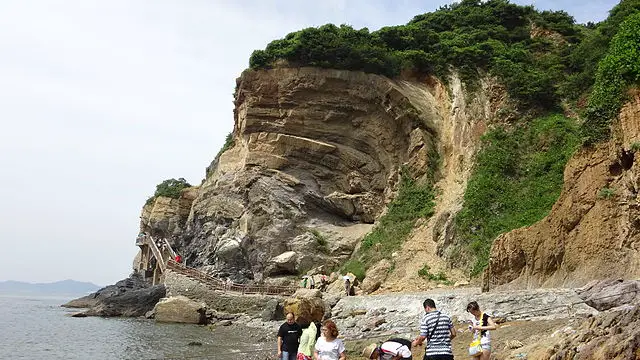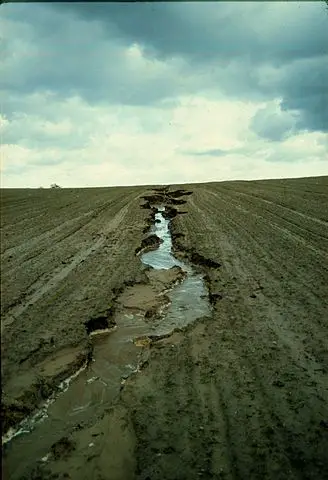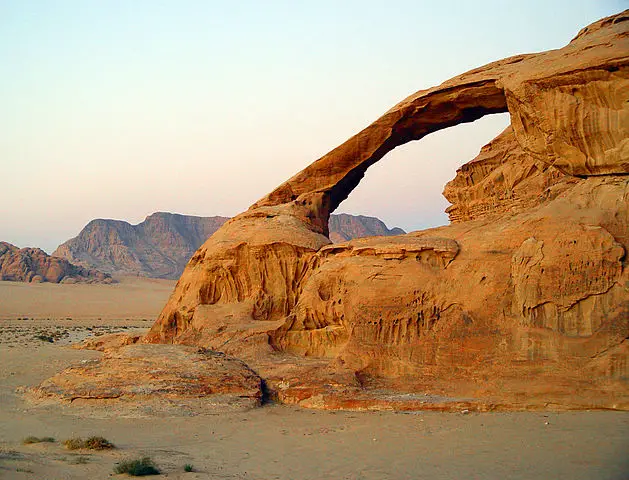Over time mountains will change. Wind, ice, and rain will slowly break pieces of rock off of a mountain. This is an example of erosion.
Erosion is a geological term used to describe the natural wearing away of earthen materials through movement. If no movement occurs then it is called weathering.
The small bits of rock that are eroded away are called sediments.

Physical and Chemical Erosion
Physical erosion is when a rock changes its physical form, but not its chemical form. If a rock falls from a mountain and breaks into smaller rocks, it has changed its physical form. The elements inside of the rock haven’t changed.
Chemical erosion occurs when the elements inside of a rock have been changed. Chemical changes often happen because of oxidation or carbonation. An example of chemical erosion is when rainwater lands on limestone. The rainwater creates a weak acid from the limestone and erodes away the rock.
Water Erosion
The most common type of erosion is through water. Moving water from rivers or rainfall carries soil and sediments away from rocks.
Rainfall can create four types of erosion: splash, sheet, rill, and gully. Each carries small amounts of soil or sediments away from their original location.
Valley erosion happens when rivers and creeks slowly erode away their own sides. This makes the river wider. The Fish River Canyon is the largest canyon in Africa and it was created through valley erosion.
Coastal erosion is where the water from the ocean changes the entire coastline. Over hundreds of years the ocean can erode big jagged rocks until they become smaller and smoother. Coastal erosion can also create caves out of the coastline.

Wind Erosion
Wind can carry soil, sand, and sediments far from their original location.
Wind erosion also happens when the wind drives sand into the landscape, changing how it looks. The dust and sand in the wind can smooth rocks, or even erode the landscape away completely.

Ice Erosion
Though it is slow moving, ice can have a huge impact on a landscape. Ice, usually in the form of glaciers, can erode entire rock formations.
Glaciers slowly carry rocks downhill. As they move, the rocks grind away the land beneath the glaciers. During the ice ages, glaciers carved away huge portions of the North American and Eurasian landscape, leaving behind lakes and mountain sides.
People and Erosion
Some amount of erosion is natural for an ecosystem. It often can be helpful.
Humans have played a role in speeding up the rate of erosion through deforestation, poor farming techniques, road building, and construction.
Some negative effects of erosion are dirty water, damage to ecosystems, and loss of soil.
Global warming is speeding up the rate of erosion. The change in climate increases the rate and severity of storms which erodes away the landscape. The rising temperature of the planet is also melting away glaciers, increasing the sea levels and the rate of water erosion.
Interesting Facts
- The Finger Lakes in New York were formed through ice erosion
- Loess is a rich sediment made almost entirely through wind erosion
- The swamps of Louisiana were created through erosion of the Mississippi river
- Erosion control is the process of trying to slow or stop erosion